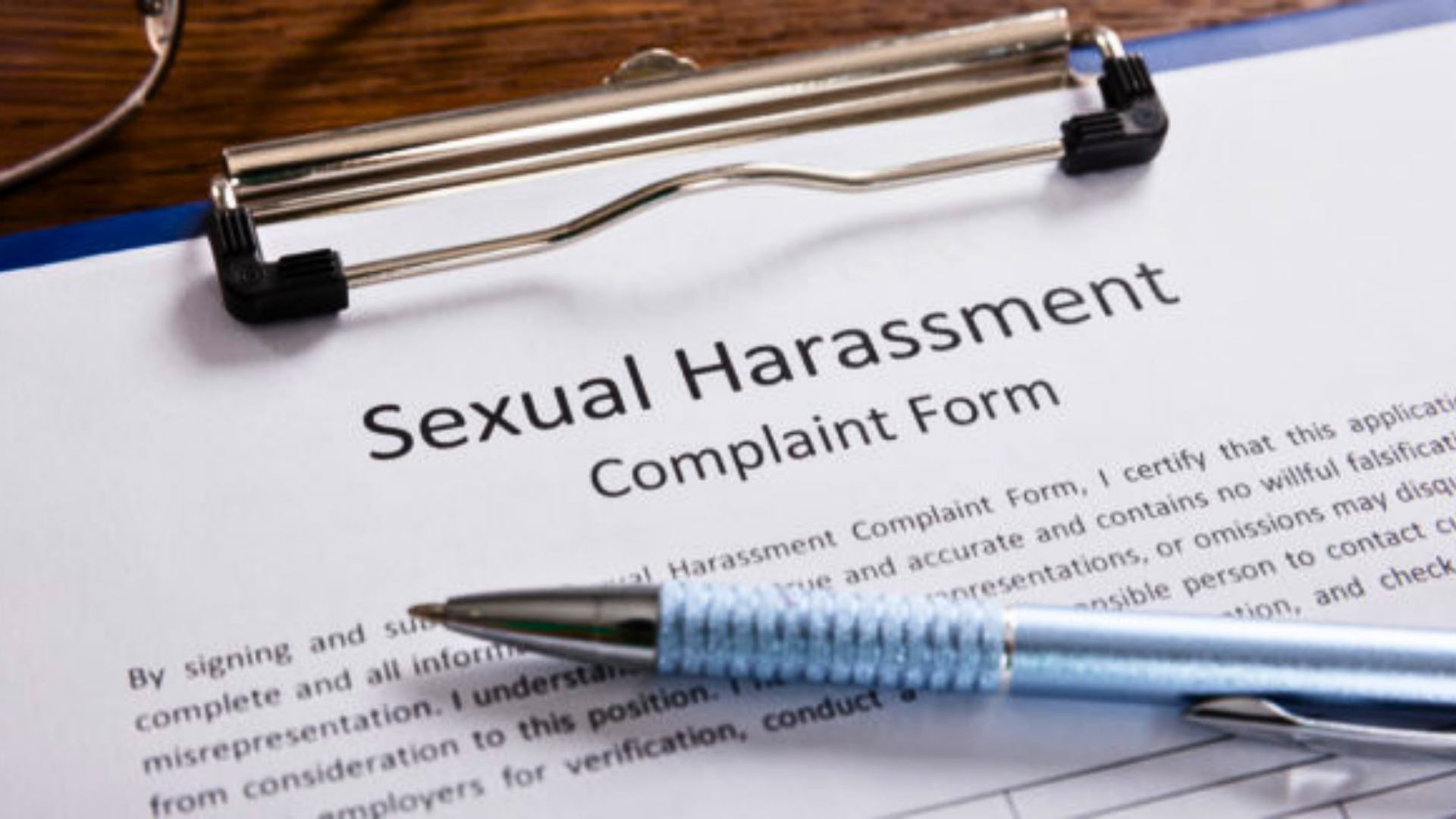Charis and Jay worked together for eight years before Jay asked her out over texts. Not wanting to impact their friendship, Charis politely declines his advances. Unhappy with the rejection, Jay posts insinuating content on Instagram about women leading men and breaking their hearts and tagged Charis, intending to disparage her amongst their colleagues who interacted with the said content. Charis filed a complaint with the Internal Committee (IC), producing Jay’s text messages and social media posts as evidence against Jay’s acts of sexual harassment.
This article addresses Electronic Evidence in PoSH Cases and the likely challenges ICs face in appreciating electronic evidence placed before them. Before diving in, it is worth being reminded that evidence does not form the criteria for accepting complaints by the IC. Indian legal precedence has established that the verbal evidence of a victim of abuse holds much value in determining the outcome of a case [(State of Punjab vs Gurmit Singh & Ors [1996]; Vijay@Chinee vs State of MP [2010])].
To fully consider the example of Charis and Jay, we’d first have to understand what sexual harassment in cyberspace would imply.
“Cyberspace” describes the virtual environment created by the Internet and interconnected computer networks. It encompasses the online world of websites, e-mail, social media and other digital communication platforms. This undisputedly includes the online workplace.Cyberspace harassment includes sexual harassment, bullying, stalking, impersonation, etc., taking place in the digital realm and is punishable under the Information Technology Act, 2000, read with the Indian Penal Code, 1860.
But is Cyber Harassment limited to ‘workplaces’ to be adjudicated under the PoSH Act? Going by the interpretation under the PoSH Act, Jay’s alleged acts of posting insinuating content on social media, although not directly related to the course of work, would still be considered, if proved, “interference with her (Charis, in this case) work or creating an intimidating or offensive or hostile work environment,”(Sec 3 (2)(iv), POSH Act) holding relevance to a proceeding before the IC.
Electronic Evidence, as defined by the Indian Evidence Act (IEA) 1872, refers to any information in electronic form that would be evidentiary in nature in a Court of Law (in this case, a proceeding before a Quasi-Judicial body). Such evidence would be subject to the strict evidentiary process under the IEA(Sec 65B, IEA) to be admissible in a Court of Law. However, the PoSH Act doesn’t subject itself to the rigorous procedure under the IEA but only explicitly calls the IC to follow the principles of natural justice.
Considering the power given to the IC under the PoSH Act coupled with the advantage of not being restricted by the veracity of the IEA, the IC must use this advantage to consider all electronic evidence presented before it and potential electronic evidence that would add weightage to the inquiry of the case.
Electronic evidence in IC proceedings could include:
- E-mails
- Text/Chat messages
- Pictures/videos/audio messages
- Call recordings
- Electronic documents
- CCTV footages
- Screenshots of social media interactions
- Deepfakes
- Any other information in electronic format.
While advantageous, not being subject to the procedure brings unsettled challenges that leave room for doubt. Some of the likely difficulties that an IC could encounter would include the following:
Risk of Tampering
Electronic Evidence always brings with it the risk of being easily tampered with (hence, the existence of safeguards under the IEA). Given that proceedings before the IC do not strictly follow the procedure under the IEA, the requirement of obtaining a ‘certificate’ for secondary copies of electronic records is not necessarily applicable. This relaxed evidentiary standard poses a challenge when the authenticity of the evidence is questioned. On such occasions, while it is unsettled whether the IC is obligated to verify such evidence on its own accord or by the parties, it is recommended that the IC takes all reasonable measures to verify the presented evidence as precaution.
Self-destructing Electronic Evidence
Self-destructing messages automatically deleted after a specific period or once read (Eg: WhatsApp, Snapchat, Telegram, etc.) provide a novel challenge to IC proceedings. In these instances, screenshots form the only source of electronic evidence to rely on, provided such applications allow for screenshots to be taken and the aggrieved person is alert enough to remember to take one. Evidence of this nature proves almost impossible to investigate or track.
Fake Accounts
In cases where sexual harassment by an employee is allegedly carried out using fake credentials or fake accounts on social media, the IC is not empowered to seek information from social media platforms to trace the user. Currently, only law enforcement authorities are empowered to make such requests.
Subject to budgetary constraints, the employer could consider hiring a reputed forensic investigator/agency (on signing a non-disclosure agreement with the employer) to trace digital footprints, adding evidentiary value to the enquiry.
Alternatively, the employer or the IC could support the complainant in approaching the Cyber Police (or the Local Police Station) or filing a complaint through the National Cyber Crime portal.
Arguably, appreciating electronic evidence in PoSH cases is much less cumbersome. It is also vital to acknowledge how this provision has encouraged countless women to seek appropriate redressal under the POSH Act.
Disclaimer: No information contained in this website may be reproduced, transmitted, or copied (other than for the purposes of fair dealing, as defined in the Copyright Act, 1957) without the express written permission of Rainmaker Online Training Solutions Pvt. Ltd.











